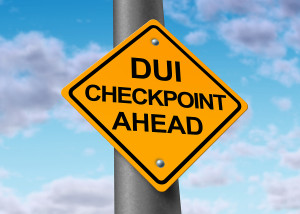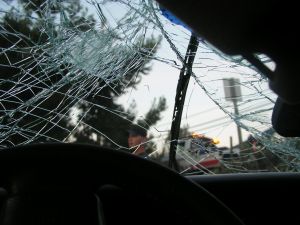Hartford DUI Prevention Focus of Public Awareness Efforts
The month of December is a great time to enjoy holiday activities throughout Hartford, Manchester, New Haven and surrounding locations. Sometimes, however, those holiday activities involve the consumption of alcohol. While having a drink or two in celebration of the festive season is not a problem, it becomes a major issue if you consume alcohol and then decide to get behind the wheel of a car. 
A personal injury lawyer knows an increase in drunk driving-related fatalities occurs each year from Thanksgiving to New Years Day. December is one of the worst months for drunk driving accidents and fatalities, and it is also the time of year when numerous campaigns are launched to try to prevent these types of collisions.
Preventing December Drunk Driving Accidents and Fatalities
Prevention of drunk driving accidents in December is very important to keep the public safe. Every year in the United States, around 10,000 people are killed in collisions involving impaired drivers. According to True Car, there are also around 600,000 people who suffer injuries. Around three in 10 Americans will be personally involved in a crash involving an intoxicated motorist, and the cost of impaired driving accidents exceeds $51 billion annually within this country.
The holidays, especially the days surrounding Christmas and the days surrounding New Years, have a higher-than-normal percentage of deadly crashes caused by impaired motorists. Public education efforts aim to prevent this by reminding people of the danger of driving while under the influence.
Anti-drunk driving campaigns have been going on during the month of December since 1982, when President Ronald Reagan declared that December would be National Drunk and Drugged Driving Prevention Month. In 2010, President Barack Obama changed the designation of this month to National Impaired Driving Prevention Month. Part of the reason for the change was to also draw attention to the problem of driving while distracted.
Since 41 percent of crashes within the United States are related to impaired driving, public education efforts on preventing drunk driving crashes could make a big different in saving lives. As part of the public education efforts this December, advice is provided to individuals about how to reduce the chances of a crash happening during the course of the month.
Party hosts can play a role in reducing the chances of drunk driving crashes happening. They can do this by stopping the serving of alcoholic beverages around an hour or so before their guests will be leaving for the night. It is also a good idea for those hosting holiday parties to make sure they have drinks around that are non-alcoholic for the designated drivers and to have a plan to help guests get home in case someone at the event ends up having too much to drink.
Of course, ultimately drivers are the ones who need to stay sober to avoid holiday drunk driving crashes. Drivers are encouraged to find a designated driver who will take them home. They should do this before they start drinking so they have a plan in place, and they should also have a backup plan in case something goes wrong. If drivers take the risks seriously, hopefully they can avoid getting into accidents that hurt themselves or others.
Contact a Hartford accident attorney today at the Law Offices of Mark E. Salomone & Morelli. Calling 1-800-WIN-WIN-1 for your free case consultation or visit http://www.salomoneandmorelli.com. Also serving New Britain and Norwich to Manchester, New Haven and the Waterbury-area.



